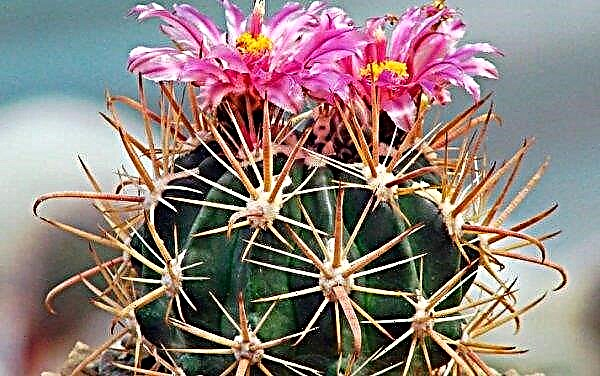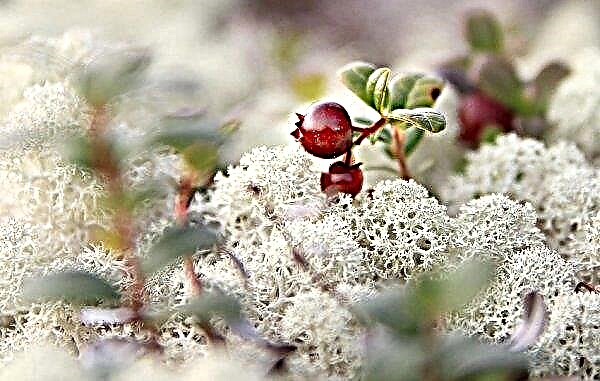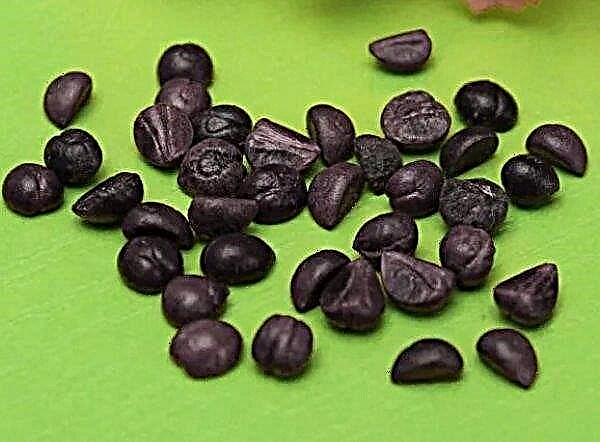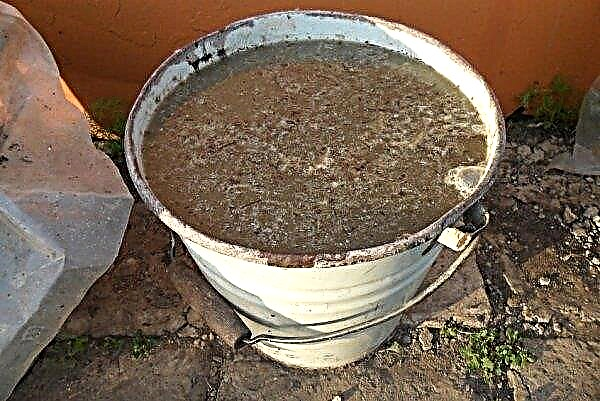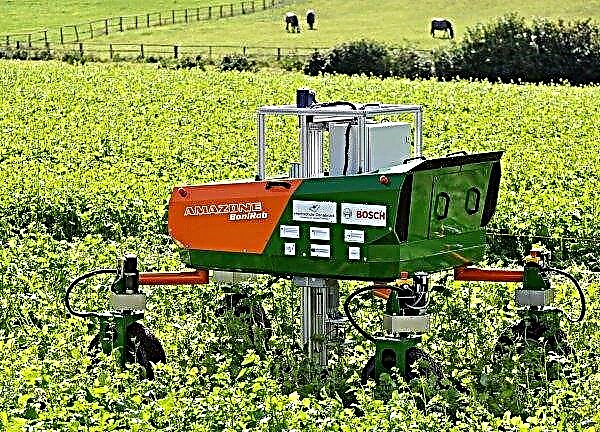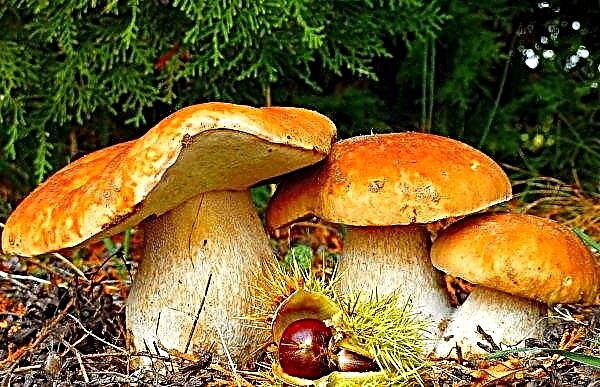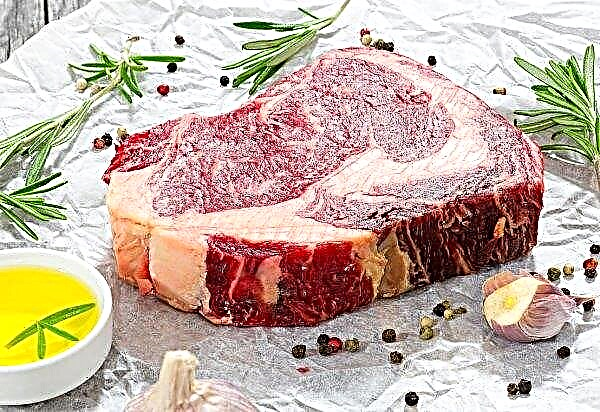An important role in the germination of a plant and its growth is played by seed treatment. By processing planting material, you, therefore, saturate it with nutrients, and also protect against diseases and pests.
Now on the trading market you can see many types of seeds, differing not only by name, but also by the method of processing. Most often they sell ready-to-plant seeds, such as: hybrid, varietal, instructed and pelleted. Pay attention to it and read the composition. The level of processing may be different. Factory methods may differ from home, but the effect of such manipulations will be guaranteed. Store seeds can be processed with polymers, coated with peat mixtures and various antimicrobial agents.
If you buy a seed in the market that has already been calibrated and polished, or you collect it yourself every year, then it is recommended to process it.
Seed Warming Method
Vegetable seeds such as pumpkin, zucchini, squash, cucumber are preheated. So, the number of female flowers on the plant will be greater, and it will sprout better.
The method is very convenient to use and not time consuming:
- Sprinkle the seeds in the same layer on a baking sheet covered with parchment;
- Before placing the product in the oven, heat it to + 55 ° C;
- The warming process lasts about 2-4 hours, while remember to mix the seed.

Seed soaking
This one is quite popular among experienced gardeners and has already proven its effectiveness. Everyone knows that culture, the process of germination of which takes a lot of time, you need to soak. This is necessary so that its dense shell is wet, thereby facilitating the process of germination. Carrot and parsley seeds are soaked more often than others, because they contain essential oils that do not allow the plant to germinate quickly.
The soaking procedure consists of several stages:
- Place the seed in a gauze bag and soak in water at room temperature for a day;
- Drain the water every 4 hours until it becomes clear;
- Dry the seeds in size until dry.

Nutrient seed treatment
There are seeds that need to be processed with micronutrients in order to accelerate their germination and increase yield. But, without processing them, they will germinate anyway, only much more slowly. Such species include seeds of pepper, tomato, peas and carrots. For manipulations, fertilizers are dissolved in water at + 45 ° C and the treatment process begins. After the passed stage, the seeds are not washed, but only dried.
Use the following solutions:
- Superphosphate 10 g, potassium nitrate 5 g, magnesium sulfate 0.2 g is dissolved in 1 liter of water;
- Manure and water are diluted in a ratio of 1: 5 or 1:10;
- Wood ash 20 g is diluted in 1 liter of water and infused for two days;
- Heteroauxin 20-50 g and 1 liter of water.

Bubbling Seeds
This method involves treating the seeds with oxygen and is used in parallel with soaking. Sparging enhances the activity of enzymes in the seeds and helps flush harmful microflora from the surface of the seeds.
Interesting fact: Gardener Christopher Qualley has grown the world's largest seed carrot. Her weight was 10.18 kg, which is 1.06 kg more than the weight of the previous record holder.
In a container with soaked seeds in a nutrient solution, lower the hose from the aquarium compressor. The bubbling procedure ends when seeds are poked, and the duration depends on the culture:
- seeds of pepper, carrots and spinach - 24 hours;
- tomato seeds, radish and salad - 12 hours;
- pea seeds - about 6 hours.

Seed disinfection or dressing
This kind of procedure is carried out in order to prevent bacterial and fungal diseases of plants.
There are several types of dressing:
- Exposure of seeds in the sun or under ultraviolet lamps takes 2-3 days. It is used against onion and garlic mites;
- Together with heating the seeds, they are also used for soaking in a 1% solution of potassium permanganate for 20-30 minutes or a 2% solution of hydrogen peroxide for 5-10 minutes. Effectively against viral diseases;
- Aloe juice helps fight bacterial diseases. Previously, aloe leaves are kept in a dark place with a temperature of + 2 ° C for 5 days. After squeezing the juice and dissolving it in water in a ratio of 1: 1. In the finished product, the seeds are soaked for about a day.


